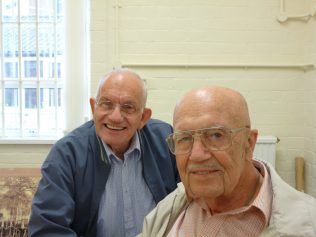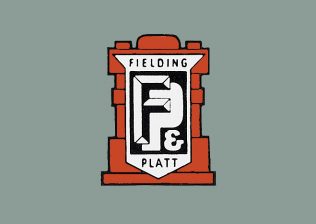Dennis Norman
Drawing Office Apprentice 1937-1942




Dennis was born on 6 February 1922. His mother wanted him to go into commercial work, but Dennis, whose father was an industrial blacksmith at Gloucester Wagon Works, was more interested in mechanics. So, he joined Fielding and Platt as an apprentice in the Drawing Office in 1937.
The Central School, Derby Road
Dennis was in the commercial stream at Derby Road School, which prepared boys for white-collar professions. The technical stream, on the other hand, prepared them for manual professions, like many of those at Fielding and Platt.
Nonetheless, Dennis still took the woodwork and metalwork classes. These, along with the mathematics classes, gave him a good grounding for work at Fielding and Platt.
He remembered that Mr Ann, the maths teacher, “freely used a split cane on the hand if you misbehaved”. But “there was no fear” with Mr Cobb, the wood- and metalwork teacher, who was “a fantastic teacher”.
Mr Cobb was a friend, he was very warm, he just loved teaching his subject as well as was concerned that we also enjoyed it as well.
Click here to listen to more memories of Mr Cobb, the metalwork teacher.
Blue linen, Indian ink, and Nitric acid
As an apprentice in the Drawing Office, one of Dennis’ jobs was to assist the female tracers who copied the draughtsmen’s drawings onto blue linen.
This was a highly skilled job and, in clip 4, Dennis recalls what had to be done if mistakes were made.
If you didn’t do it right first time you let the ink dry and then you used nitric acid carefully. It didn’t damage the linen but it did remove the bluish tinge it had so forevermore they could always see how many mistakes you had made.
Click to hear more of Dennis’ memories of The Drawing Office in the 1930s.





No Comments
Add a comment about this page